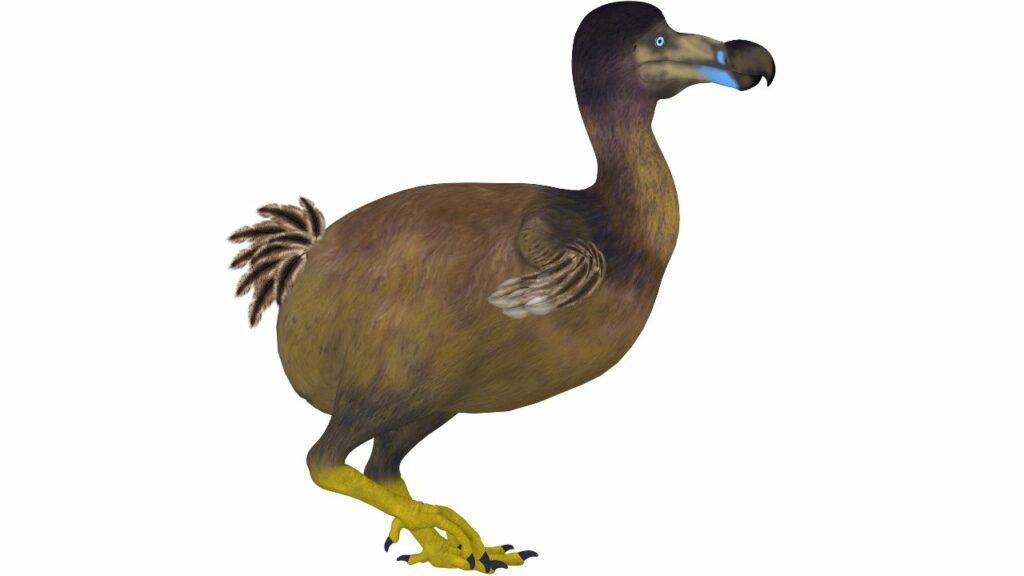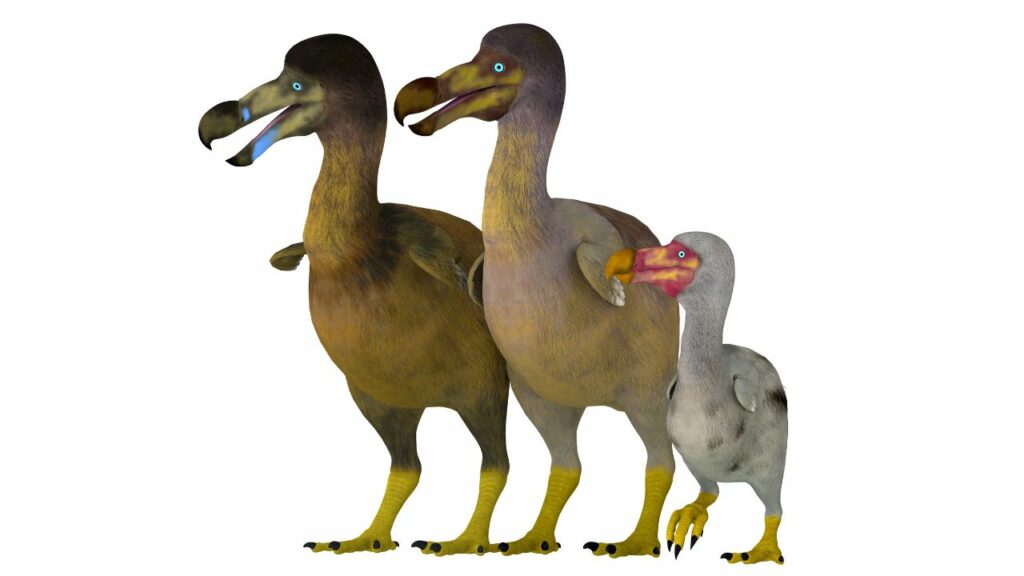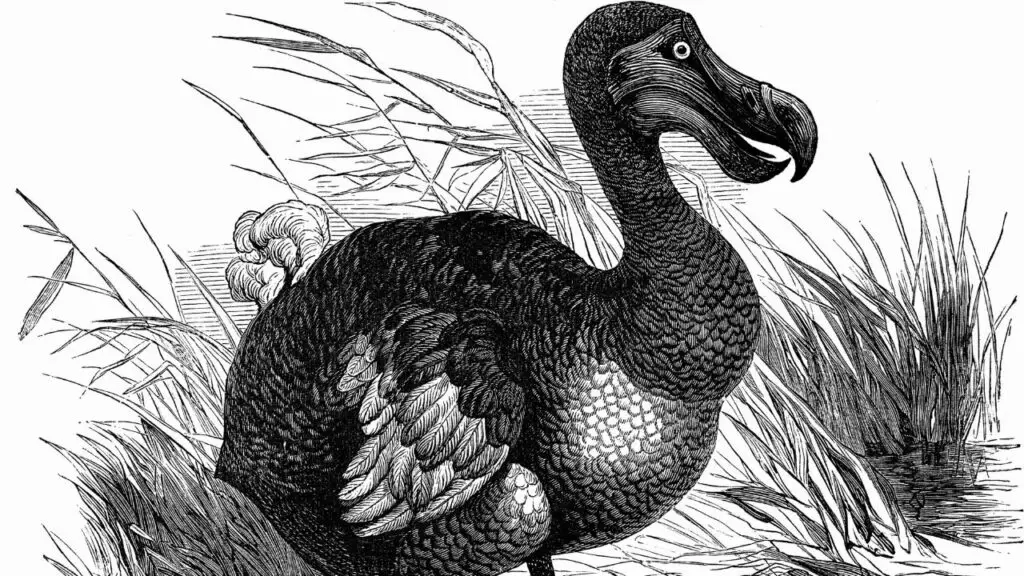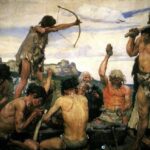The Dodo Bird, once a thriving species on the island of Mauritius, became synonymous with extinction in a short span of time. This article delves into the primary reasons behind the rapid disappearance of this iconic bird.

Why the Dodo Bird Went Extinct
Introduction to the Dodo Bird
The Dodo Bird, a flightless bird endemic to the island of Mauritius, became a symbol of extinct and obsolete entities. Discovered in the late 16th century by Portuguese sailors, the bird’s name has since become synonymous with things that have disappeared or are out of date. Its rapid extinction in the 17th century, less than a century after its discovery, has piqued the curiosity of many.
Main Causes of Extinction
The extinction of the Dodo Bird can be attributed to a combination of factors, primarily driven by human intervention:
- Overhunting by Humans: Early settlers on Mauritius found the Dodo Bird easy to catch due to its inability to fly and its lack of fear of humans. This made it a prime target for hunting, leading to a significant reduction in their numbers.
- Introduction of Non-native Species: Settlers introduced animals like rats, pigs, and monkeys to the island. These non-native species preyed on the Dodo Bird’s eggs and competed for the same food sources, further endangering the bird’s survival.
- Habitat Destruction and Deforestation: As settlers expanded their footprint on Mauritius, they cleared land for buildings and farms. This led to the loss of the Dodo Bird’s natural habitat, making it harder for them to find food and shelter.
These actions by humans created a very tough environment for the dodo birds, and unfortunately, they couldn’t adapt quickly enough to these changes, leading to their extinction. It’s a sad story that teaches us the importance of protecting animals and their habitats.
Impact on the Mauritian Ecosystem
The extinction of the Dodo Bird had ripple effects on the ecosystem of Mauritius. As a primary seed disperser, the bird played a crucial role in the regeneration of several plant species. Its absence disrupted this natural process, leading to a decline in flora diversity and affecting other native species dependent on these plants.
The Importance of Biodiversity
The dodo’s extinction serves as a potent lesson on the critical importance of biodiversity in maintaining ecological balance. It stands as a testament to the irreversible consequences of human actions on native species and habitats, urging for responsible conservation practices to prevent similar occurrences in the future.

Scientific Classification
Belonging to the family Raphidae, the dodo bird’s scientific name is Raphus cucullatus. It was a close relative of pigeons and doves, showcasing a unique evolutionary trajectory that led to its distinct characteristics.
Habitat and Physical Characteristics
The dodo bird was endemic to the island of Mauritius, situated in the Indian Ocean. It possessed a stout body, a large head, and a hooked beak, which was adapted to its herbivorous diet consisting mainly of fruits. Its inability to fly and lack of natural predators, before the arrival of humans, allowed it to lead a ground-dwelling lifestyle. The bird had strong, stubby legs which facilitated easy movement across its native forest habitat. Its greyish plumage and the iconic rounded body made it a distinctive figure in the Mauritian ecosystem.
Discovery and Early Documentation
The dodo bird was discovered by Portuguese sailors in the late 16th century on the island of Mauritius. Early accounts depict the bird as a relatively tame creature, unafraid of humans, which unfortunately made it an easy target for hunters. The initial documentation of the dodo bird was somewhat limited, with most information being derived from sailors’ logs and sketches, which often portrayed it as a clumsy and overweight bird.
Role in the Ecosystem of Mauritius
In the pristine ecosystems of Mauritius, the dodo bird played a vital role as a primary consumer, mainly feeding on fruits, nuts, and roots. Its feeding habits facilitated seed dispersal, contributing to the growth and spread of various plant species on the island. Moreover, its lack of natural predators before human arrival meant it occupied a unique niche in the ecosystem, helping to maintain a balanced and diverse flora and fauna. The extinction of the dodo bird disrupted this balance, leading to unforeseen consequences on the island’s biodiversity.

Scientific Research and Studies
Fossil Records and DNA Studies
Modern research has utilized fossil records and DNA studies to unravel the evolutionary lineage of the dodo bird, revealing its close relation to pigeons and doves. These studies have been instrumental in reconstructing the bird’s physical attributes and understanding its unique adaptations to the Mauritian environment.
What Recent Research Tells Us About the Dodo Bird
Recent research has debunked the myth of the dodo being a clumsy and unintelligent creature. Studies indicate that the bird had a keen sense of smell and complex social behaviors, showcasing a sophisticated side to its nature that was previously unrecognized. This new perspective helps in painting a more accurate picture of the dodo, as a well-adapted species that thrived in its native habitat before human intervention.
Legacy of the Dodo Bird
Symbol of Extinct and Obsolete Things
The dodo bird has cemented its place in history as a symbol of extinct and obsolete entities. Its rapid disappearance within a century of human contact serves as a vivid reminder of the fragility of life and the irreversible nature of extinction.

Conservation Efforts Inspired by the Dodo’s Extinction
The tragic tale of the dodo has spurred modern conservation efforts, fostering a renewed emphasis on protecting endangered species and preserving biodiversity. Its story serves as a rallying point for environmental conservation, inspiring initiatives to prevent similar fates befalling other species.
The dodo bird’s extinction, primarily due to overhunting, habitat destruction, and the introduction of invasive species, stands as a cautionary tale in the annals of natural history. It underscores the vital importance of safeguarding endangered species to maintain ecological balance and prevent the loss of unique and irreplaceable entities in our world. It is a poignant reminder of the intricate interconnections within ecosystems and the profound impacts of human actions on the natural world.
FAQ: Understanding the Dodo Bird
Q: When was the last dodo bird seen?
A: The last confirmed sighting of a dodo bird was in the late 17th century, around the 1680s. After this period, there were no credible reports or records of the bird’s existence, leading to the conclusion that it had become extinct.
Q: What was wrong with the dodo bird?
A: There was nothing inherently “wrong” with the dodo bird. It was well-adapted to its environment in Mauritius, where it had no natural predators. However, with the arrival of humans and introduced species, the dodo faced threats like overhunting, competition for food, and habitat destruction. Its inability to fly and lack of fear of humans made it particularly vulnerable to these new challenges.
Q: Was the dodo bird the last dinosaur?
A: No, the dodo bird was not a dinosaur. The dodo bird was a flightless bird from the pigeon and dove family. Dinosaurs, on the other hand, went extinct around 65 million years ago, long before the dodo bird existed. Birds are considered descendants of theropod dinosaurs, but the dodo itself was not a dinosaur.
Q: What did dodo birds do to survive?
A: The dodo bird primarily relied on a herbivorous diet, feeding on fruits, nuts, and roots. Its feeding habits played a crucial role in seed dispersal, aiding the growth of various plant species on Mauritius. The bird’s strong legs allowed it to move easily across its native forest habitat. Before human arrival, the dodo had no natural predators, allowing it to thrive in its ecosystem. However, with the introduction of new threats, the dodo couldn’t adapt quickly enough to survive.









